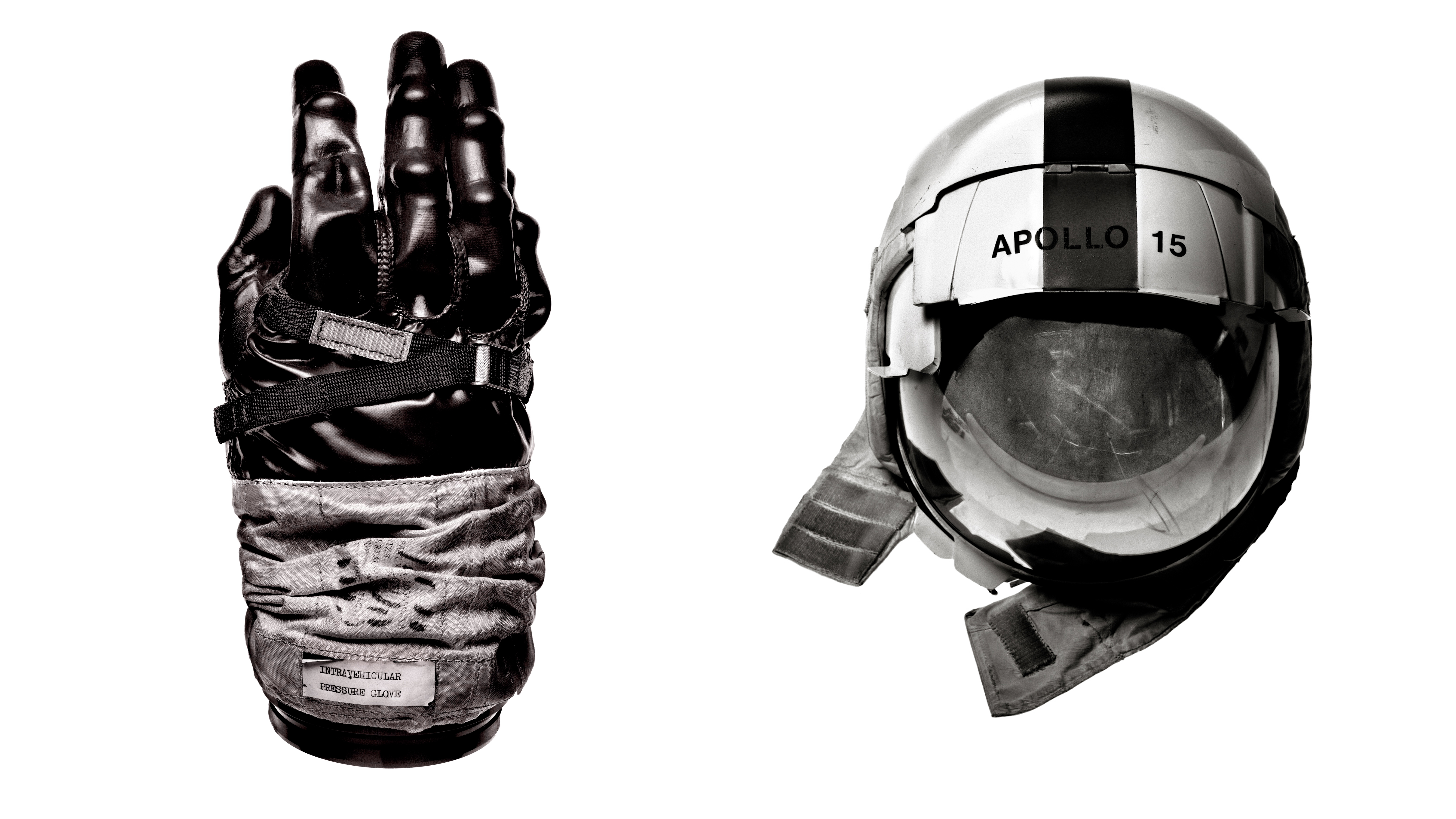Sony A7 IV vs A7R IV: which of these full-framers is best choice for you?
They sound and look very similar but in our Sony A7 IV vs A7R IV vs A7R IVA guide we'll explain how to tell them apart
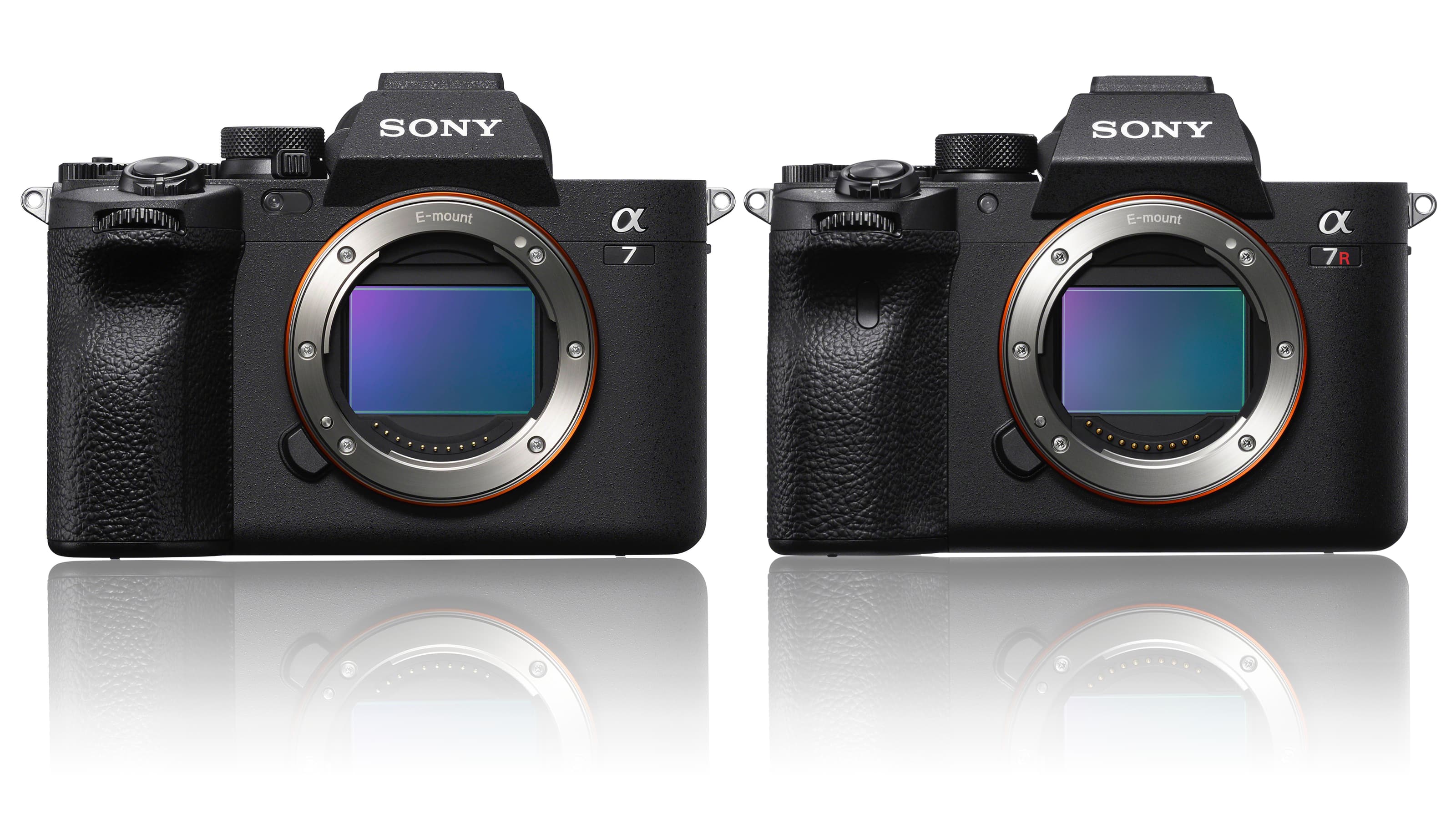
Sony’s model naming can get pretty confusing. Yet despite the one-letter difference in their model designation, the Sony A7 IV and Sony A7R IV are two very different cameras.
Actually, we say the Sony A7R IV, but in fact this has been replaced by the Sony A7R IVA. There are very few differences, but perhaps the most important is a new rear screen. The Sony A7R IVA has effectively replaced the older version and this is the model we quote in this comparison.
Both are amongst the best Sony cameras and indeed the best full frame mirrorless cameras you can buy. They share the same sensor size and the same lens mount, and the best Sony lenses can be used on both.
Note too that the A7R IVA has been joined/replaced by the Sony A7R V. This new model shares the same 61MP resolution, but has much faster and more powerful processing for AI autofocus subject recognition and tracking, and vastly improved buffer capacity in continuous shooting mode.
The A7R IVA remains on sale, however, (in the US at least) and at a much lower price. It’s more expensive than the Sony A7 IV, but not by as much as you might expect, and these two cameras offer an intriguing choice between speed and video capabilities and what is still the highest resolution yet in a full-frame camera.
Sony A7 IV vs A7R IVA in 2025
Why you can trust Digital Camera World
1. Sensor/resolution
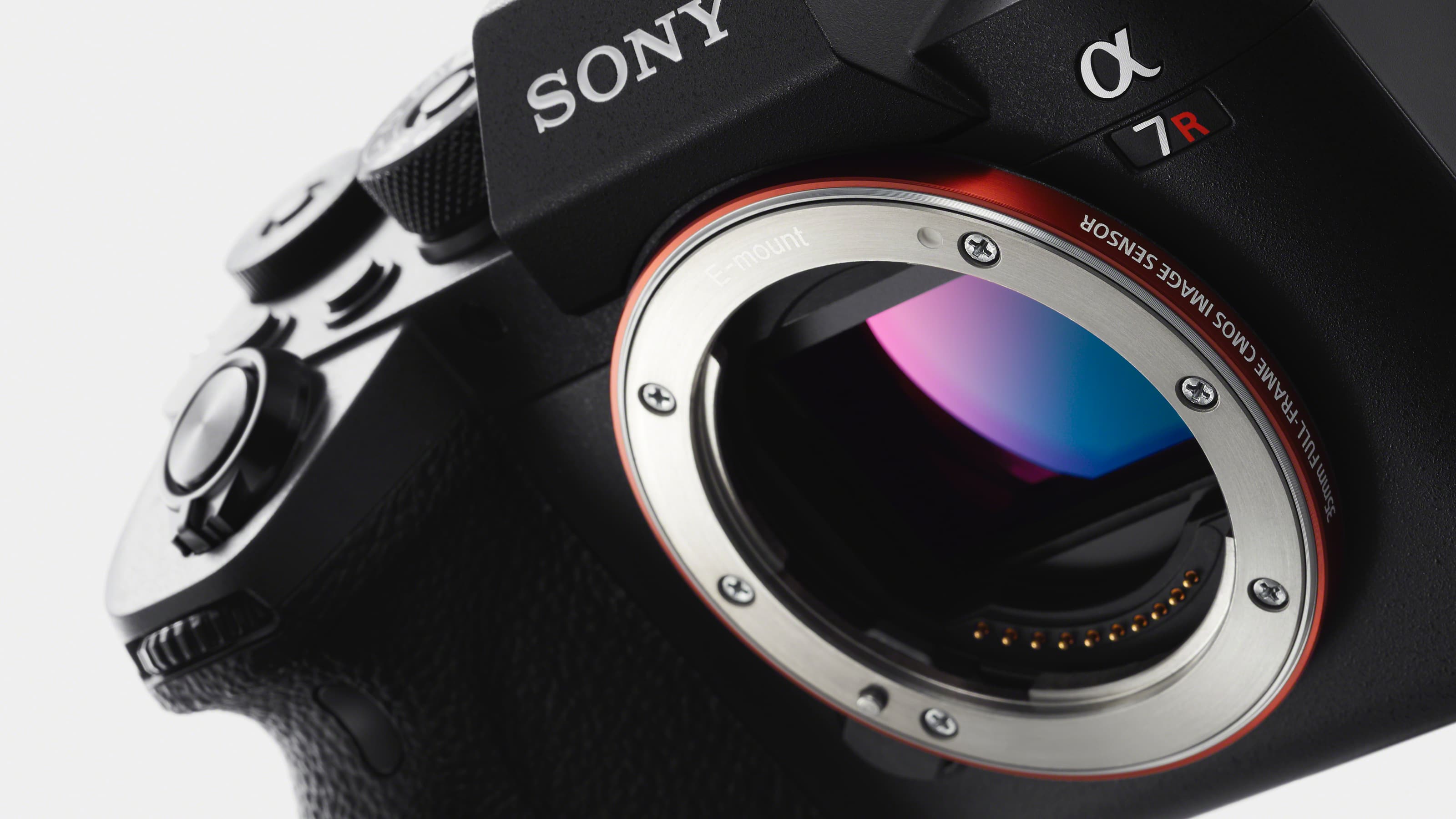
• Sony A7 IV: Full frame Exmor R CMOS, 33MP
• Sony A7R IVA: Full frame Exmor R CMOS, 61MP
Both cameras have full frame Exmor CMOS sensors, but they have a massive difference in pixel counts. The Sony A7 IV is no slouch, with a 33MP sensor which puts it well clear of most rivals in its class, which generally have 24MP sensors. So as a stills camera, the A7 IV’s resolution already puts it ahead of the pack. But the A7R IVA goes much further, and was the first Sony to pack the company’s 61MP sensor for almost twice the resolution of the A7 IV.
This doesn’t seem to hurt its low-light capabilities excessively, either. The A7 IV offers a native ISO range of 100-51,200, expandable to ISO 50-204,800, but the A7R IVA isn’t so far behind, with a native range of ISO 100-32,000, expandable to ISO 50-102,400.
Where the extra resolution of the A7R IVA does hold it back, though, is in video, which is the next section.
2. Video
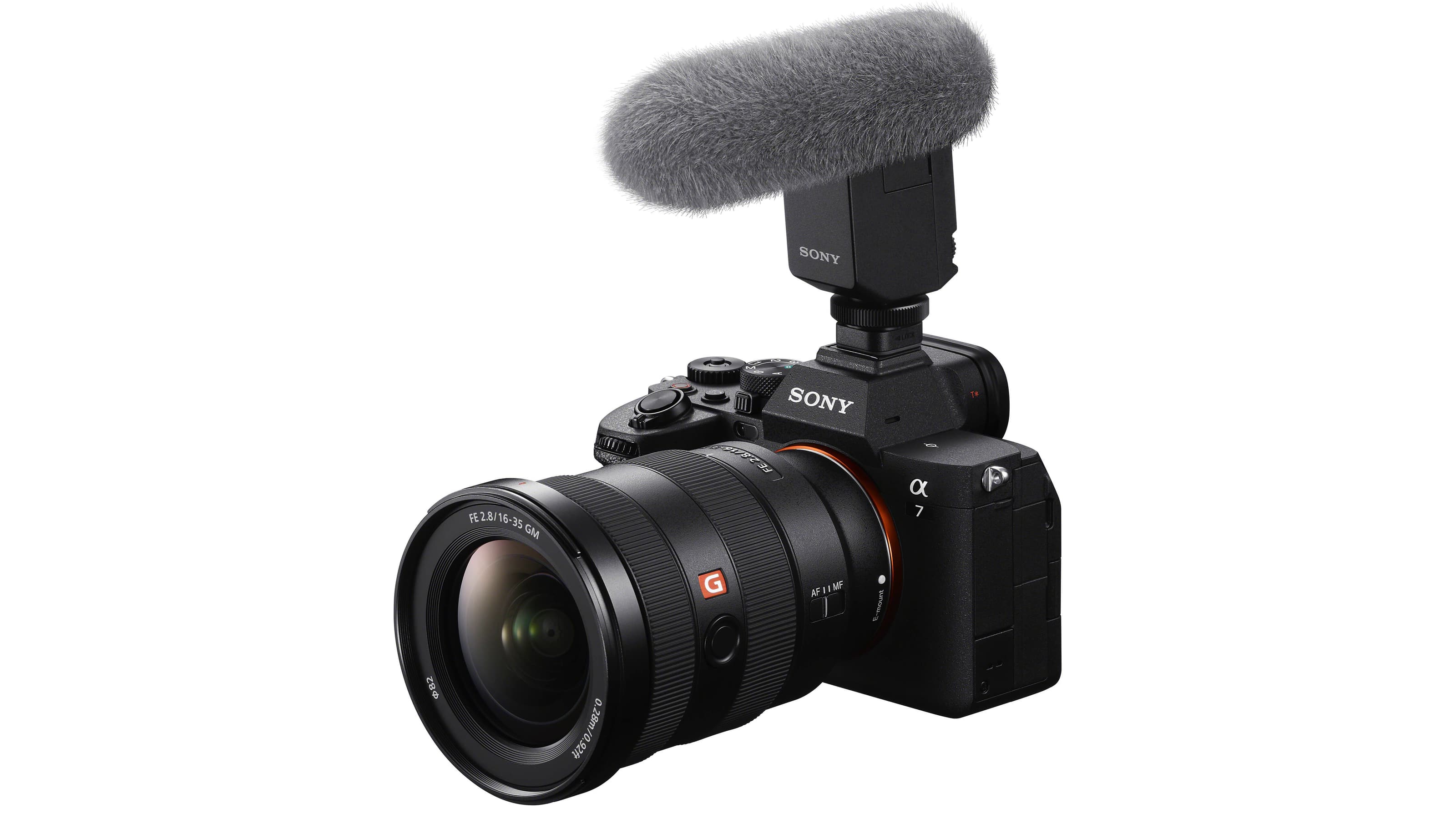
• Sony A7 IV: Full-width 4K 30p oversampled, 4K 60p Super35
• Sony A7R IVA: Super35 4K 30p oversampled
The problem with the 61MP resolution of the A7R IVA is that there’s just too much data to capture full-width 4K video with oversampling. It can capture full width 4K, but not using all the pixels. If you want the best quality, you really need to drop to Super35 (APS-C crop) mode which has 6K oversampling.
The Sony A7R IV is a much more powerful camera for video. Not only can it capture full-width 4K 30p video oversampled from 7K capture, it can also offer 4K 60p, albeit in Super35 mode. On top of that, you get 10-bit 4:2:2 internal recording, Long GOP or All-I compression, Sony’s breathing compensation system, a focus map display and Active IS with gyro data stored with the footage.
3. Autofocus
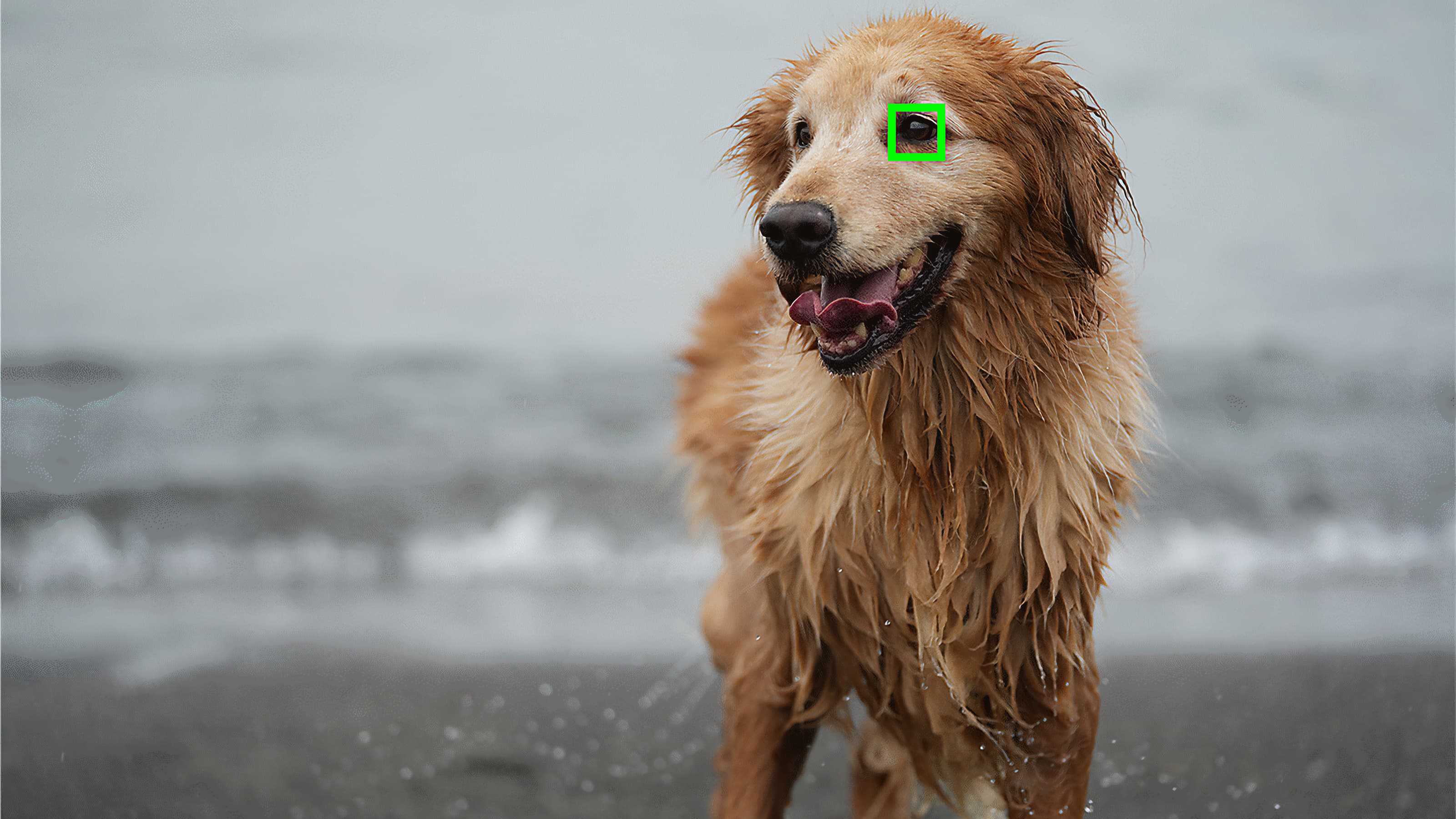
• Sony A7 IV: 759/575-point hybrid AF
• Sony A7R IVA: 567/425-point hybrid AF
The newer Sony A7 IV does offer more phase detect and contrast AF points than the A7R IVA, though, you may not notice much difference in practice. Both cameras feature Sony’s highly-developed Real Time tracking AF, but the A7 IV represents the next evolution of the system, using AI to detect and track human and animal eyes, and now birds too, with improved tracking performance.
4. Continuous shooting
• Sony A7 IV: 10fps, up to 800-1000 raw+JPEG
• Sony A7R IVA: 10fps, up to 68 compressed raw
On paper at least, these two cameras look very evenly matched for continuous shooting, both offering a burst speed of 10fps – which is especially impressive for the high-resolution A7R IVA.
However, a closer examination of the specs reveals a huge difference in buffer capacity – the number of frames these cameras can capture before they start to slow down. The A7R IVA has a buffer capacity of just 68 compressed raw files, which isn’t bad for a camera of this type, but the A7 IV can keep shooting for an incredible 800-1000 raw files, though you will need to use a more expensive high-speed CFexpress Type A memory card to achieve these figures.
5. Viewfinder and screen
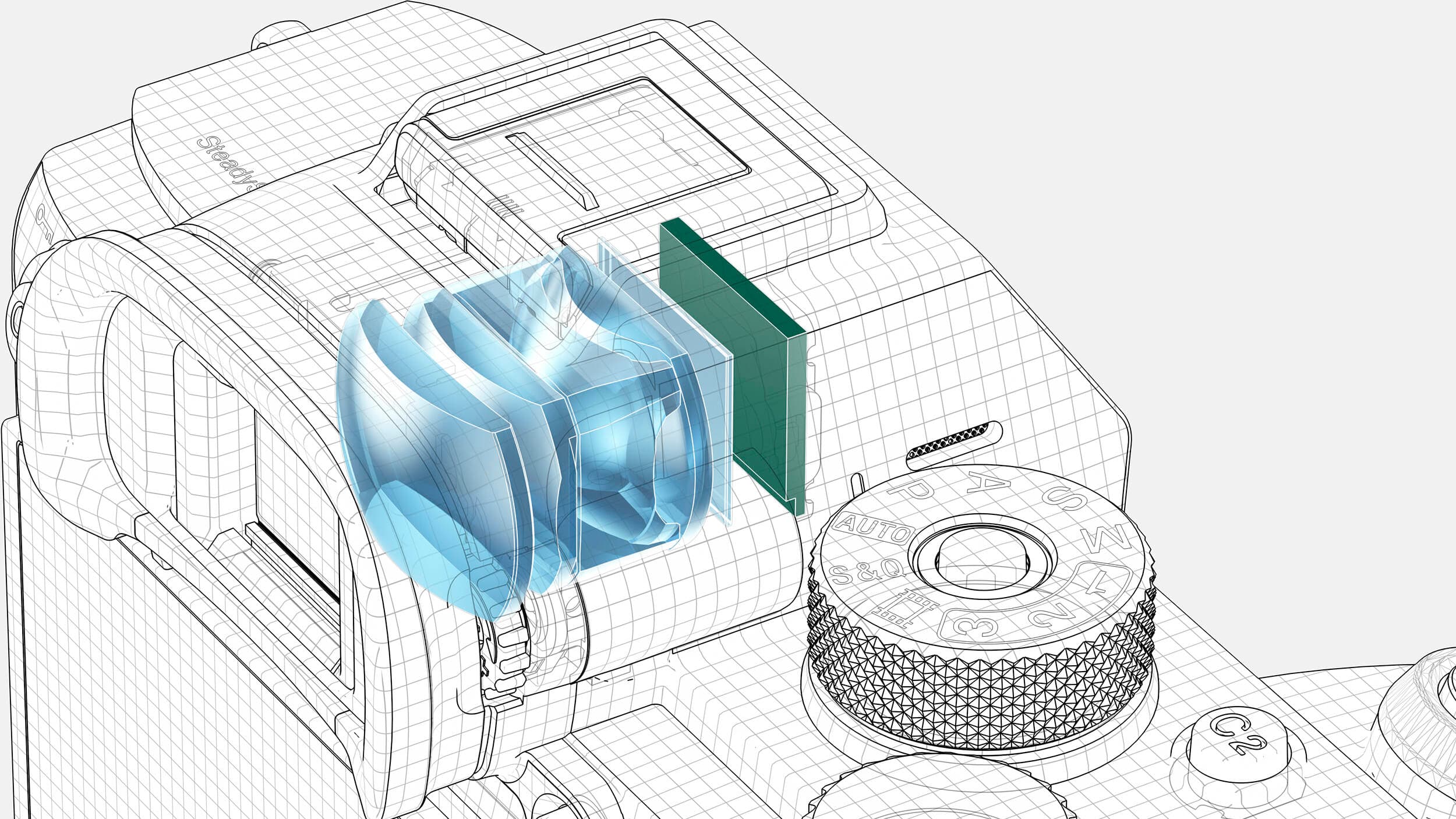
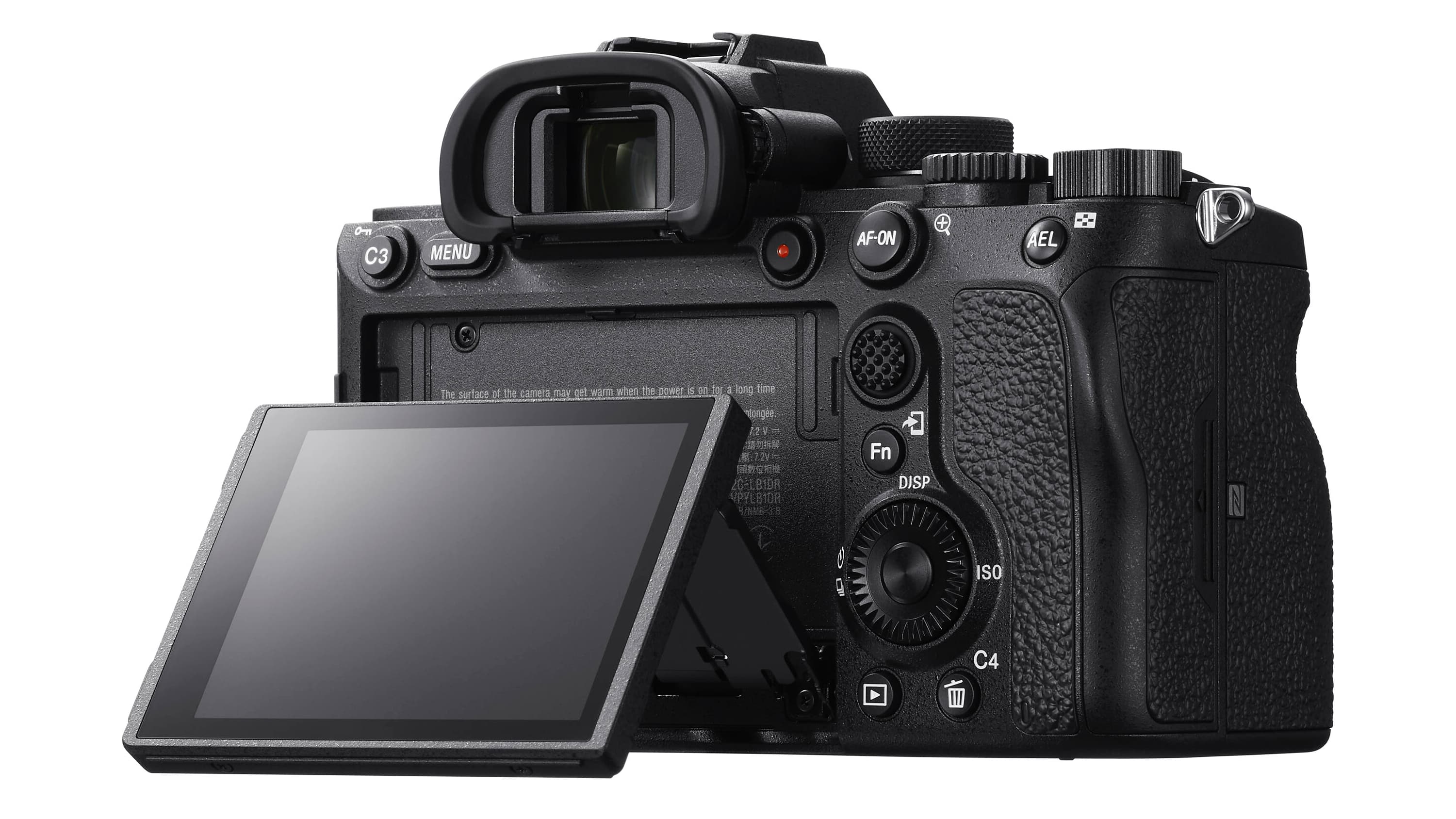
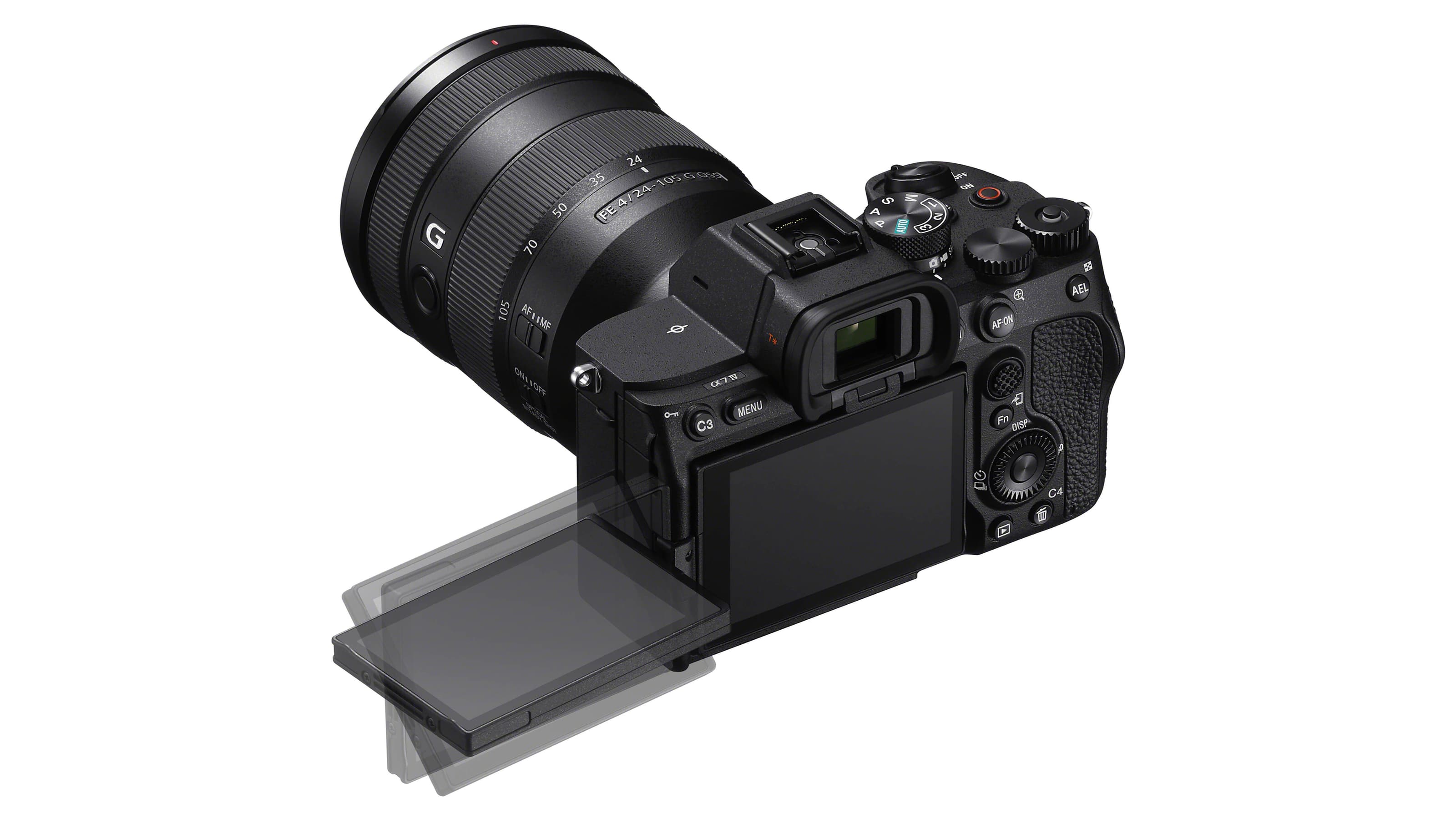
• Sony A7 IV: 3.68m dot EVF, 1.03m dot vari-angle rear screen
• Sony A7R IVA: 5.76m dot EVF, 2.4m dot tilting screen
The viewing systems on these cameras have definite pros and cons. The A7R IVA wins for EVF resolution with 5.76 million dots, versus the 3.68 million dots of the A7 IV’s viewfinder.
Round the back, it’s the Sony A7 IV that has the advantage, with a vari-angle pivot versus the less manoeuvrable tilting screen on the A7R IVA. This does extend the A7 IV’s advantages for video shooters but, having said that, many stills photographers might prefer the A7R IVA’s tilting screen and, with 2.4 million dots, it has more than twice the resolution of the rather mean 1.03 million dots of the A7 IV’s screen.
6. Memory cards
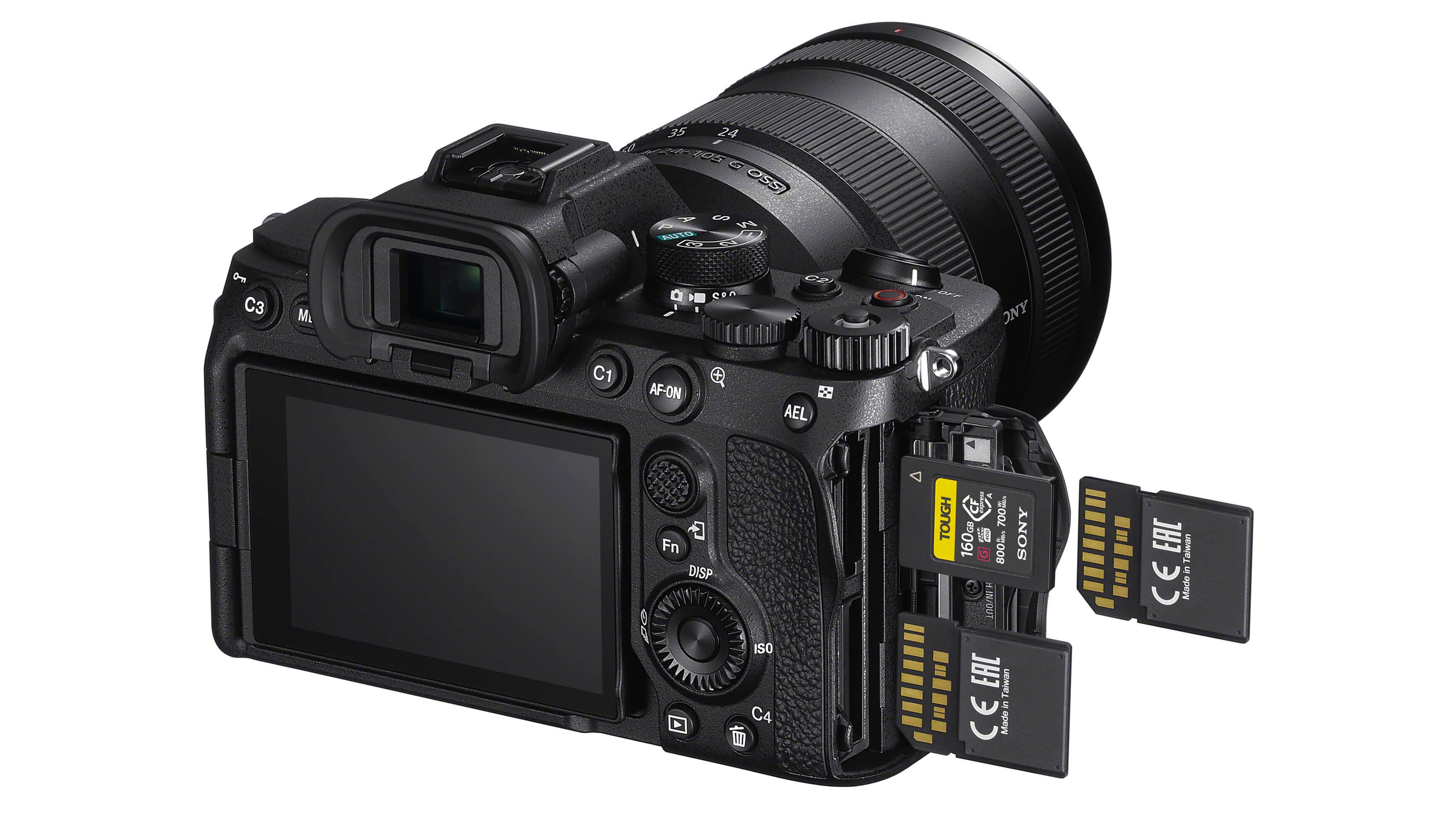
• Sony A7 IV: 1x SD UHS-II, 1x UHS-II/CFexpress Type A
• Sony A7R IVA: 2x SD UHS-II
Both cameras have dual memory card slots, both of which are SD UHS-II compatible. However, one of the slots on the A7 IV also takes the newer CFexpress Type A cards. It’s a shame it’s not both, but it still gives the A7 IV a major speed advantage and accounts for its hugely increased buffer capacity, for example.
It’s worth noting, however, that CFexpress Type A cards are expensive, and not as fast as the more common and larger CFexpress Type B format, which Sony has yet to use. If you do get the A7 IV, you might find yourself sticking to SD cards purely for cost.
7. Size and weight
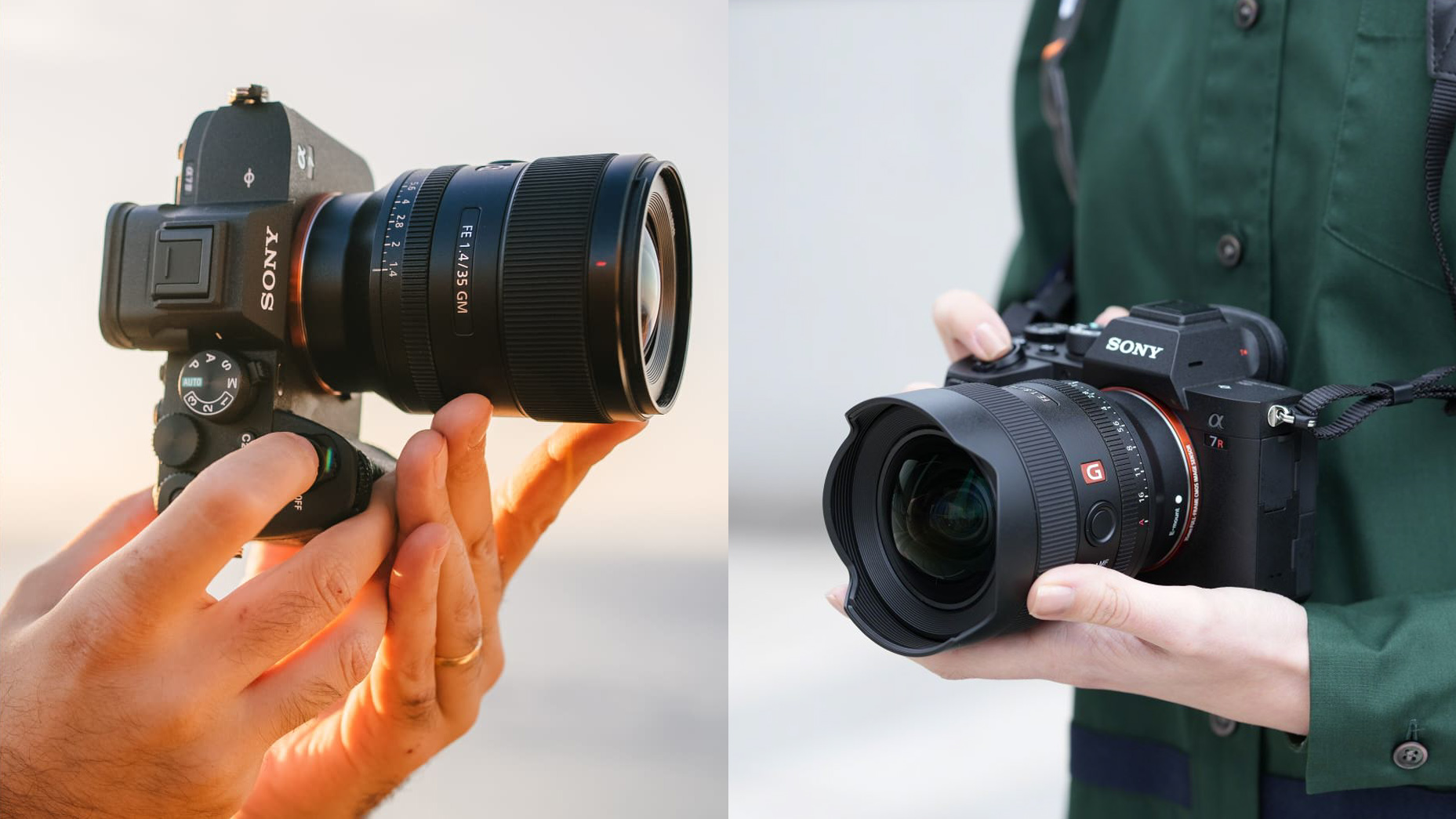
• Sony A7 IV: 131.3 x 96.4 x 79.8mm, 658g
• Sony A7R IVA: 128.9 x 96.4 x 77.5mm, 665g
The Sony A7 IV and A7R IV/A are so close in size and weight that they can be hard to tell apart. The body of the A7 IV is very slightly wider and the A7R IV/A is marginally heavier, but you’re unlikely to notice. The A7 IV does have some differences in the controls and interface that improve its usability for video.
8. Price
• Sony A7 IV: $2500/£2400 body only
• Sony A7R IVA: $3200/£3000 body only
The Sony A7R IV/A is more expensive than the A7 IV as you might expect from its high-resolution sensor. The price difference is not that great, however, and should not be given too much weight when comparing these two cameras. It’s more important that you get the one that’s best suited to the work you do. Furthermore, both models can often be found in Sony's own seasonal sales - so do keep an eye out for hot discounts!
Sony A7 IV vs A7R IV/A: conclusions
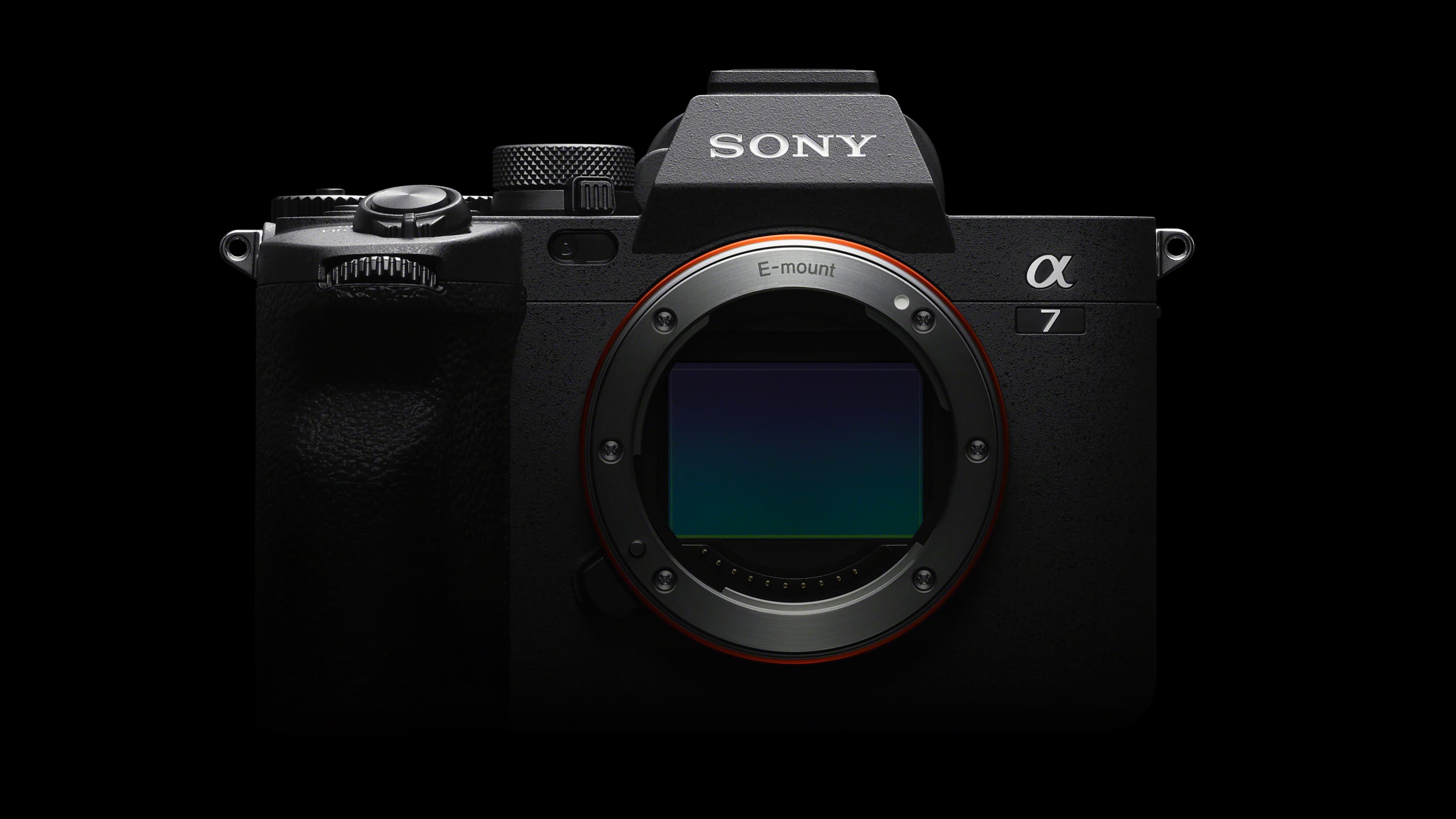
It might appear that the Sony A7R IV/A is higher up the range thanks to its resolution and its higher price, but it’s not quite that simple. These cameras are optimized for different kinds of work and neither is necessarily better than the other.
The Sony A7R IV/A and its glorious 61MP sensor are a dream for stills photographers, and while it does make a serviceable video camera too, the A7R IV/A is best at being a stills camera.
The Sony A7 IV is more of a do-it-all hybrid camera. It’s much better for video work than the A7R IV/A, not least because it can capture full-width oversampled 4K video. On top of that, its 33MP sensor still packs more than enough resolution for most photographers’ needs.
If you want a powerful, fast and capable do-it-all stills/video camera, the Sony A7 IV is a pretty clear winner, and it’s cheaper too. But if maximum image quality is your top priority, it has to be the Sony A7R IV/A – but with stocks dwindling as the A7R V takes over, you’d better get it while you can.
Other Sony comparison guides
Get the Digital Camera World Newsletter
The best camera deals, reviews, product advice, and unmissable photography news, direct to your inbox!

Rod is an independent photography journalist and editor, and a long-standing Digital Camera World contributor, having previously worked as DCW's Group Reviews editor. Before that he has been technique editor on N-Photo, Head of Testing for the photography division and Camera Channel editor on TechRadar, as well as contributing to many other publications. He has been writing about photography technique, photo editing and digital cameras since they first appeared, and before that began his career writing about film photography. He has used and reviewed practically every interchangeable lens camera launched in the past 20 years, from entry-level DSLRs to medium format cameras, together with lenses, tripods, gimbals, light meters, camera bags and more. Rod has his own camera gear blog at fotovolo.com but also writes about photo-editing applications and techniques at lifeafterphotoshop.com
